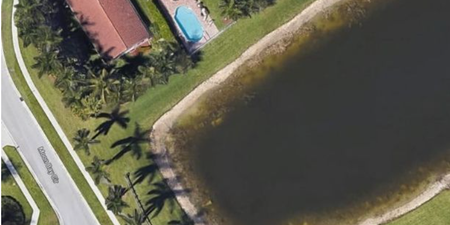Quite the tale this
There is a strong chance that you have locked lips with a French drowning victim from late 19th century Paris. Settle down for a remarkable story.
Known as L’Inconnue (The Unknown), her body was recovered from the River Seine after an apparent suicide. No one recognised her and the girl was transported to the Paris mortuary and put on display alongside the bodies of other unknown dead for identification purposes.
Thought to be about 16 years old, the girl got her nickname as no one came forward to identify her. Many would wander past the window of bodies in 19th century Paris and try to identify the bodies in there, in what was apparently a popular pastime, but nobody recognised the girl.
She did, however, attract plenty of attention: her serene appearance and apparent smile turning plenty of heads. The story goes that one attendant at the mortuary was so transfixed by her that he ordered a plaster cast to be made of her face. The mask became a hit.
L’Inconnue’s alluring nature was replicated in facsimiles sold in souvenir shops across Paris and eventually the rest of Europe. One philosopher and author described her as the “drowned Mona Lisa,” and she became a cultural icon of her time.
Her half-smile ended up in houses and rooms across Europe. She became a model in artists’ workshops, as sketchers and painters became captivated by her peaceful nature. Even writers and poets became entranced by L’Inconnue, imagining stories about her life and how she came to meet her demise in the Seine.
Then, 50 years later, her face was adopted in another form, because of a toy manufacturer from Norway.
Asmund Laerdal was his name, and he was experimenting with making toys from plastic, a new material at the time. After his son came close to drowning when he was just two years old, Laerdal was approached by a group of scientists who wanted to create a doll to demonstrate a newly developed resuscitation technique – CPR.
Laerdal had already created a toy doll, named Anne that was a huge success in Norway.
With the help of the researchers, Laerdal began to develop a life-sized mannequin that people could use to practise life-saving techniques. And he had to make a design choice: what face should he use for the doll?
Can you tell where this is going yet?
It was at his in-laws’ house that he noticed a peaceful, enigmatic, half-smiling mask hanging on the wall.
L’Inconnue.
Keeping the name of his doll as Anne, he gave the mannequin L’Inconnue’s face along with a collapsible chest to practice compressions, and open lips to simulate mouth-to-mouth resuscitation.
He felt it was important that the doll should be female as men would be unwilling to practice mouth-to-mouth on a male doll, which sadly is probably true to this day.
So the doll was christened Resusci Anne (Rescue Anne), and in the US became known as CPR Annie. To this day, CPR Annie is considered the first and most successful ‘patient simulator’ ever, and has been the way that hundreds of millions of people have learnt and practiced CPR.
It is for this reason that she is often said to have the most-kissed face of anyone in history. And that face belongs to an unknown dead girl from Paris, who died before the technique that could have saved her was developed.
It is estimated by Laerdal that two million lives have been saved by CPR.
Now, many doubt that Annie’s face is an exact replica of L’Inconnue’s as there would have undoubtedly been blemishes from the drowning and death. But it may well have been a more smoothed out moulding that the famous mask was based on.
The mystery surrounding her and her story continues to fascinate many to this day, because ultimately, it is a great story. That a poor unknown 16-year-old from 19th century Paris may to this day be helping others avoid the same fate she suffered.
















































